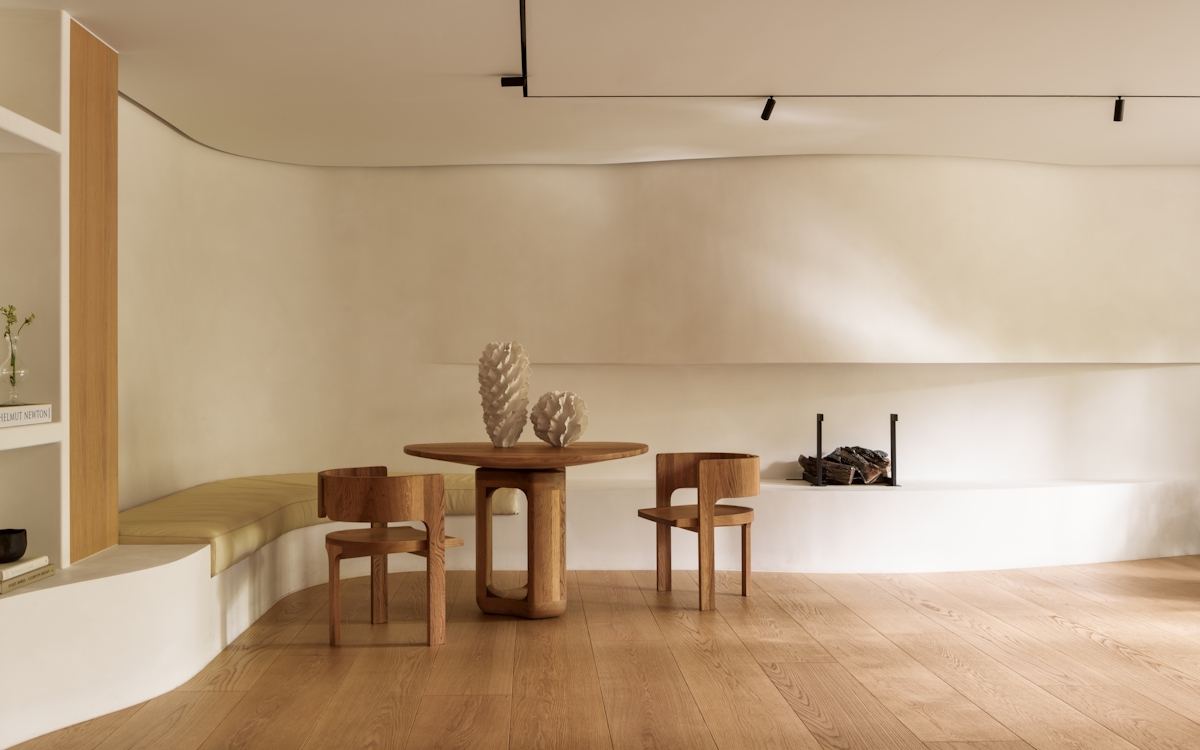There’s no denying that the luxury interior design sphere has been dominated by dark wood furniture for the last few years. Rich and powerful – it’s understandable. Ebony macassar, wenge and ziricote have become synonymous with opulence and quality whilst blonde wood furniture being associated with a more simplified (particularly Scandinavian) design aesthetic. And if Scandi style wasn’t your preferred look, it became almost impossible to incorporate light wood furniture into your scheme in a luxurious way.
The paradigm is finally shifting, however, and the trend towards light wood furniture is coming into its own with many designers opting for woods on the lighter end of the palette. Sycamore, eucalyptus and birds eye maple, along with limed finishes (see the newest Eaton Square collection), are experiencing a renaissance in the most stylish of ways.







